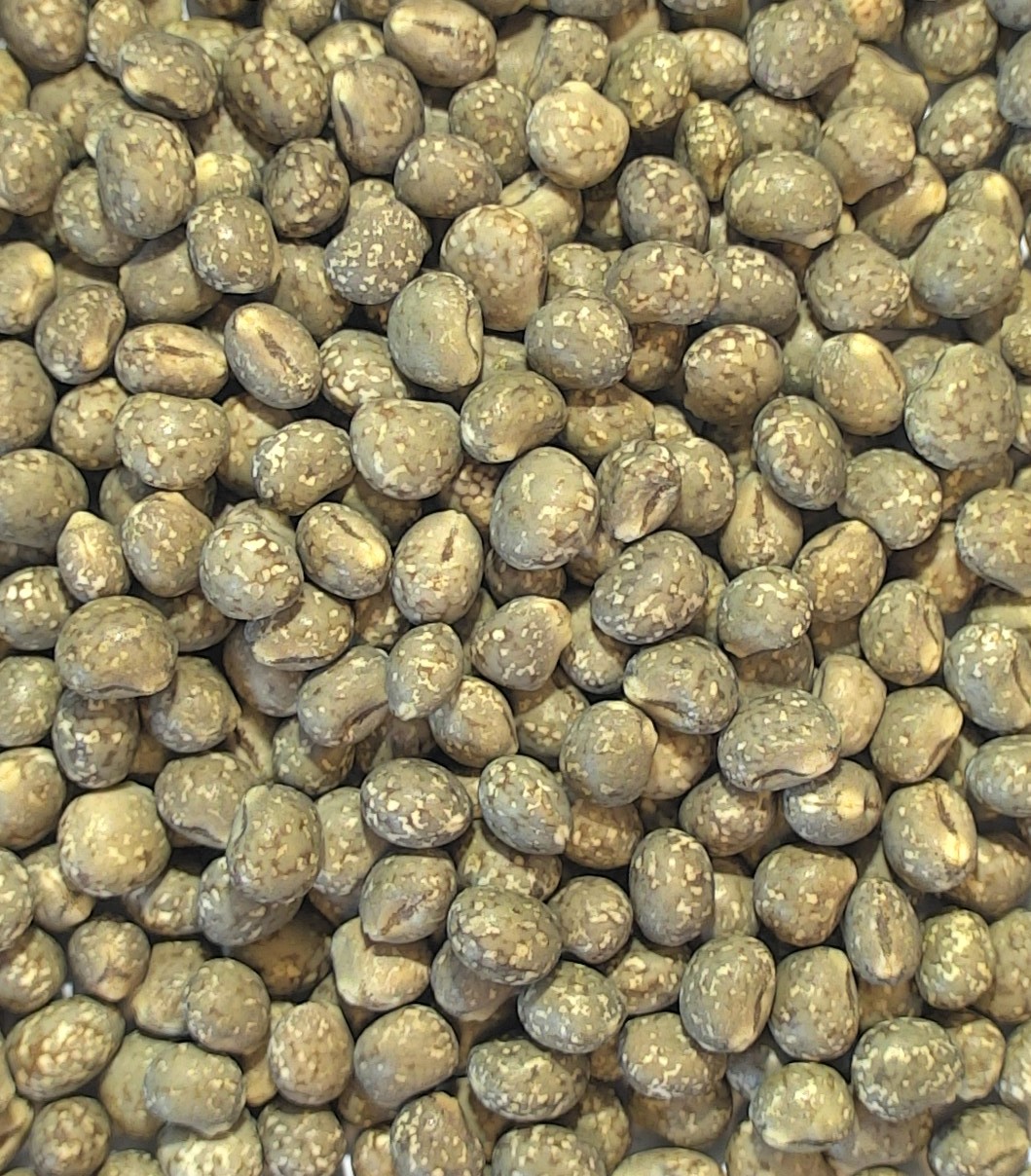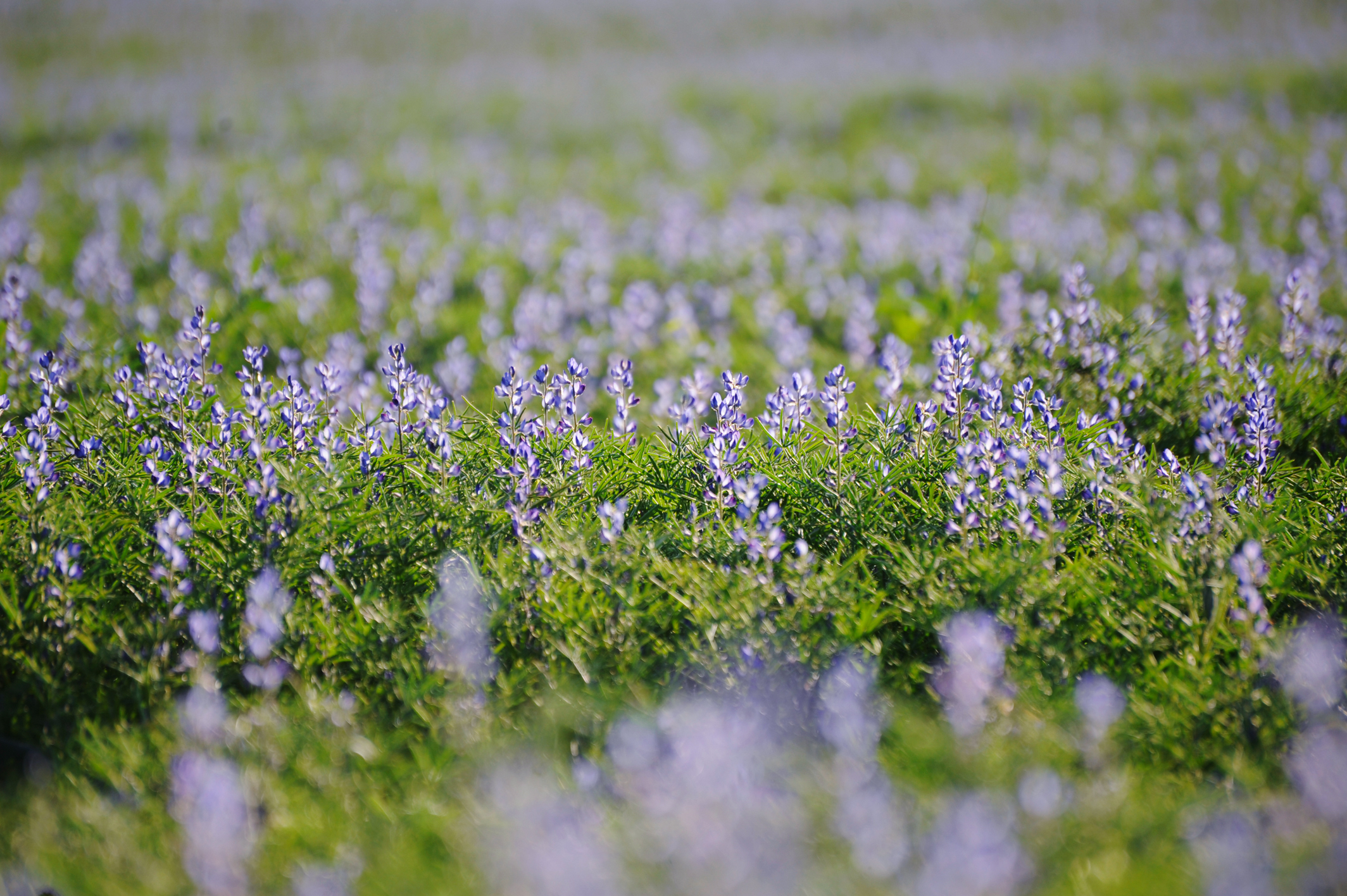International
Advantages
Top performance with excellent protein
Name addition
blue lupin
- Great yield with high protein content
- Highly tolerant of fusarium and anthracnose
- Low alkaloid content
- Excellent stiffness
- Rapid early growth and even maturity
- Branched growth type
General description
General description
| - - - - | - - - | - - | - | 0 | + | + + | + + + | + + + + |
---- = very low resistance/early/short, ++++ = very high resistance/late/long
Classification Bundessortenamt
Stiffness









Start flowering









Plant height









Protein content









Protein yield









Thousand grain weight









Maturity









Grain yield









Representative
P.H. Petersen Saatzucht Lundsgaard GmbH
All variety descriptions have been prepared in accordance to the best of our knowledge, considering trial results and observations. A guarantee or a liability in individual cases is not possible, because the growth conditions are subject to substantial fluctuations.
Cultivation
Cultivation recommendations
Recommended sowing rate
80-100 grains/m²
Sowing depth
2-3 cm in a fine seedbed - sowing too deep reduces yield
Sowing period
Middle of March until early April
Fertilization
No N-fertilization necessary. Depending on the nutrient content of the soil and nutrient extraction 30-50 kg P₂O₅/ha, 60-130 kg K₂O/ha and about 25 kg MgO/ha are advised. Optimal pH-level between 5,0 and 6,8. Micronutrients: if necessary Epsom salt and boron.
Crop protection
Use herbicides during pre-emergence or mechanically hoe or harrow the field for weed control. If necessary use fungicides against athracnose and rust.
Sowing method
Drilling is advised; row distance identical to cereals.
Harvest
Late July until early September. Optimal moisture for harvesting 14-16%. Use protective setting for threshing to avoid broken grains.
Representative
P.H. Petersen Saatzucht Lundsgaard GmbH
All variety descriptions have been prepared in accordance to the best of our knowledge, considering trial results and observations. A guarantee or a liability in individual cases is not possible, because the growth conditions are subject to substantial fluctuations.


